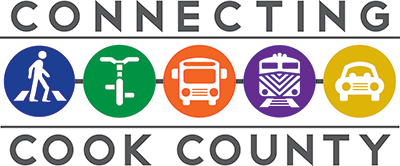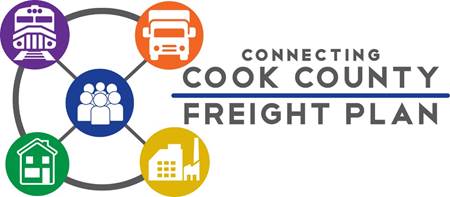
OVERVIEW
To view the Cook County Freight Plan Select: (Low Res) (High Res). A fact sheet is available here.
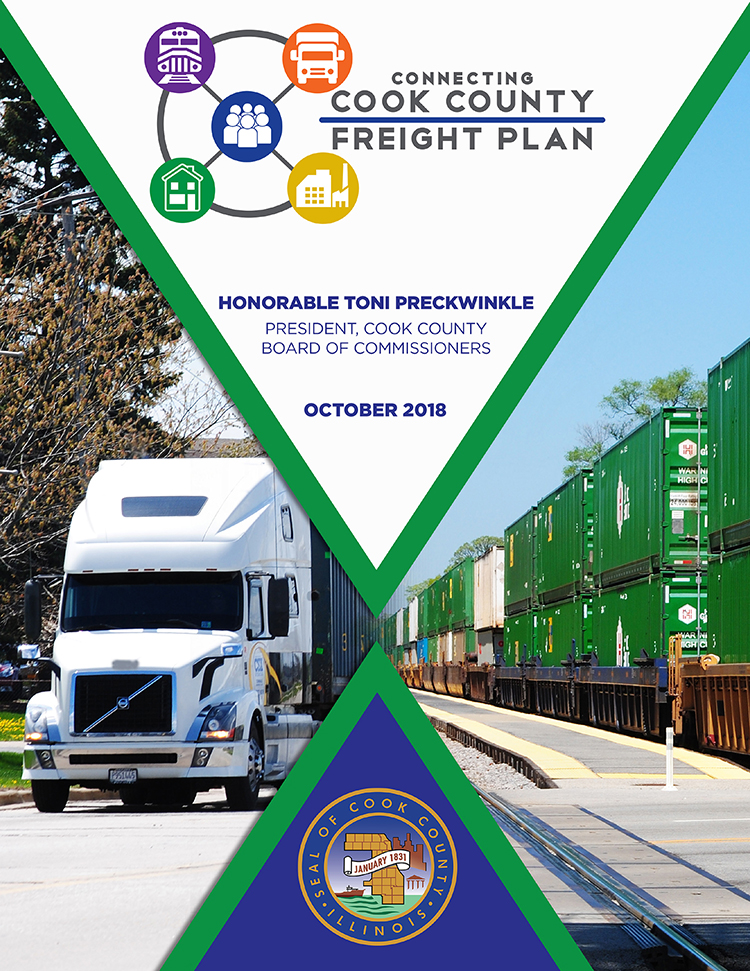
“As our economy continues to transform, government plays a vital role in ensuring that our infrastructure remains a strong foundation for continued job growth and prosperity for our residents. The Cook County Freight Plan enhances an already robust road and rail infrastructure.”
– Cook County Board President Toni Preckwinkle
Freight impacts all of our daily lives as it brings us goods from across our nation and around the world. Its economic impact extends beyond physical infrastructure and transportation providers to include the many manufacturers, wholesalers, and retailers that depend upon the transportation sector. Employment in freight-related industries accounts for 27 percent of all jobs in Cook County and indirectly supports employment of many more. However, the high volumes of freight activity in Cook County also impose challenges on our local communities, such as safety concerns, traffic congestion, and the cost of maintaining infrastructure.
To explore these issues and address these challenges, the Department of Transportation and Highways embarked on the development of the Cook County Freight Plan in fall 2016. The Freight Plan makes the case for investment in a robust, multimodal freight system, as well as the development of freight policies that will ensure safe and efficient movement of goods within the County. It takes an in-depth look at the current performance of the freight system in Cook County, identifies capital investment needs, and provides a framework to guide the future work of County agencies. The sections below represent key themes from the Plan’s existing conditions and Action Plan, as well as information related to the development of the Freight Plan. The Freight Plan can be viewed in its entirety by clicking here.
Freight: Cook County’s Economic Engine

Cook County realizes enormous benefits stemming from the freight industry. With the geographic advantage of being an access point to national and global markets via two major airports, six of the seven Class I railroads, six major Interstate highways, and the Port of Chicago, Cook County is at the center of the country’s largest multimodal freight hub.
The County is positioned to capitalize on untapped and emerging development opportunities. At the same time, the County must address existing challenges posed by the high volumes of freight as well as changing economic, geographic, and demographic trends to ensure an improved quality of life for local communities.
In Cook County, freight-dependent industries, including agriculture, natural resources, manufacturing, trade, and transportation, produce more than 56 percent of the County’s economic output. Transportation and logistics sector jobs are increasing, which requires similar skills and fills some of the employment gap left by declining manufacturing jobs. Some new logistics jobs will require advanced degrees—an opportunity for the Cook County’s young and well-educated workforce.
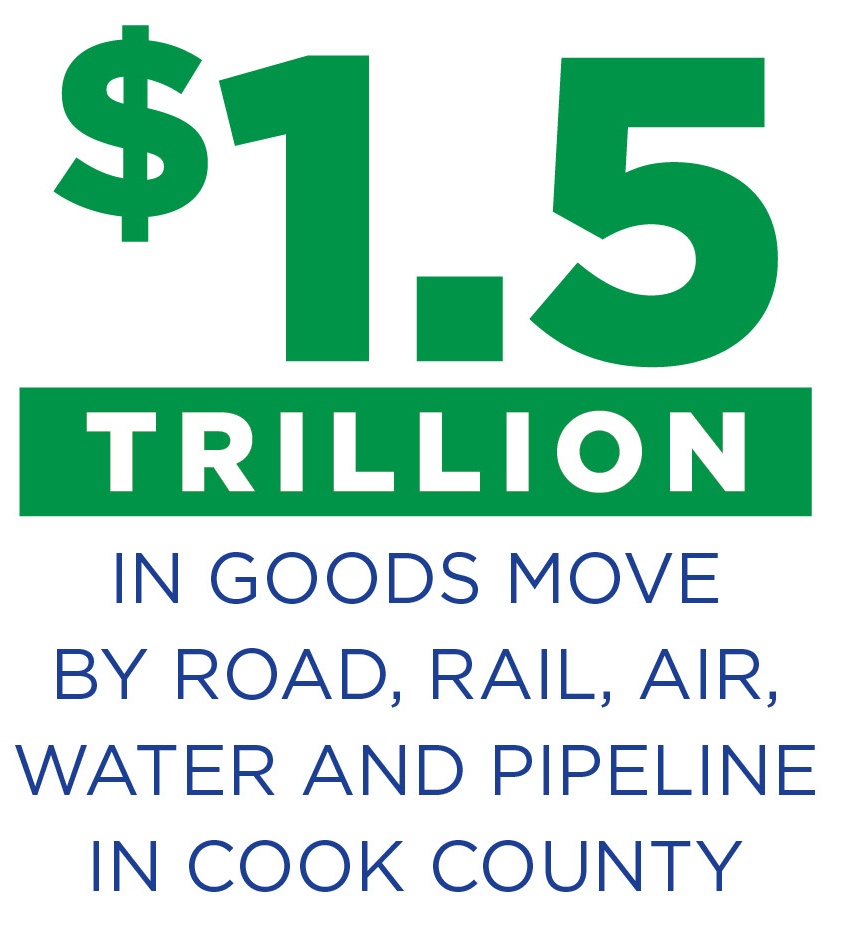 While the region’s industries were historically centered in Chicago and adjacent suburbs, freight-generating activity moved to suburban locations or surrounding counties as populations grew and shifted over time. Yet, there are still efficiencies and advantages to locating businesses that create and ship goods in the heart of Cook County. Targeted improvements and policies could help draw new investment in local industries. Supporting existing freight-sector industries and attracting firms to underutilized areas will be critical to foster economic development in disconnected parts of the county.
While the region’s industries were historically centered in Chicago and adjacent suburbs, freight-generating activity moved to suburban locations or surrounding counties as populations grew and shifted over time. Yet, there are still efficiencies and advantages to locating businesses that create and ship goods in the heart of Cook County. Targeted improvements and policies could help draw new investment in local industries. Supporting existing freight-sector industries and attracting firms to underutilized areas will be critical to foster economic development in disconnected parts of the county.
Twenty-eight percent of the industrial land in Cook County is vacant or underutilized. While this figure constitutes a challenge for the County, it also represents a tremendous opportunity to leverage access to the freight system and workforce to support economic development.
Cook County’s Freight System at Work
Freight Moves by Various Modes in Cook County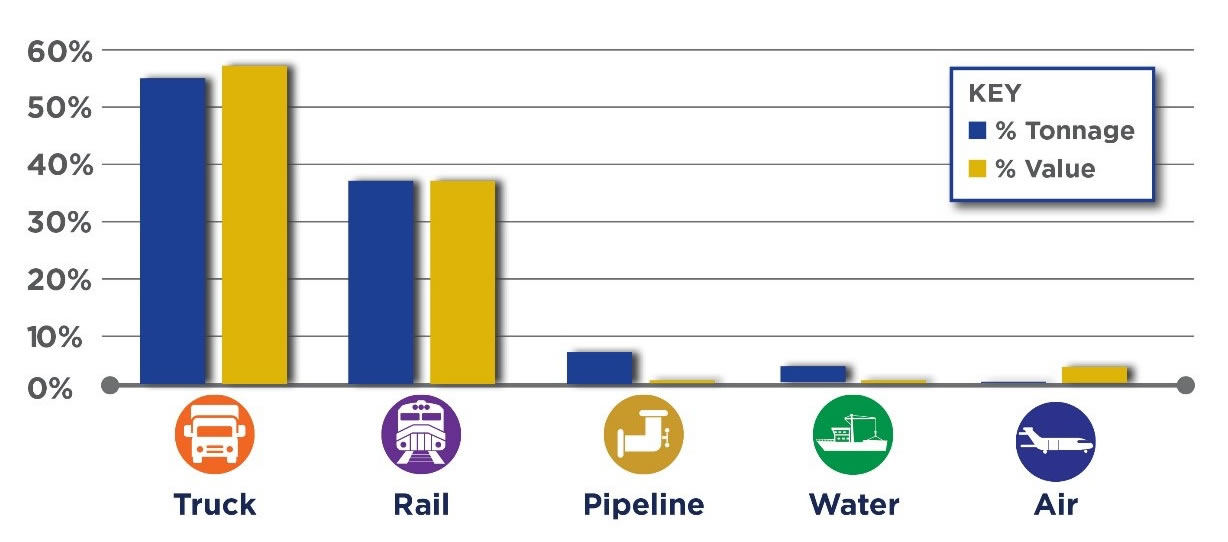
Trucks and Roadways

Given almost 60 percent of freight in Cook County travels by truck, an effective, efficient, and well-maintained roadway network is critical for freight movement. Truck volumes are generally concentrated on the expressway system, but major arterial corridors also experience significant truck traffic.
Additionally, smaller roadways or “last-mile” connections provide access to freight facilities or industrial districts, and are also used by trucks. Truck route designations, bottlenecks, pavement conditions, vertical clearances, traffic safety, truck parking, and oversize/overweight trucks all factor into the way freight moves on roadways in Cook County.
Rail Infrastructure
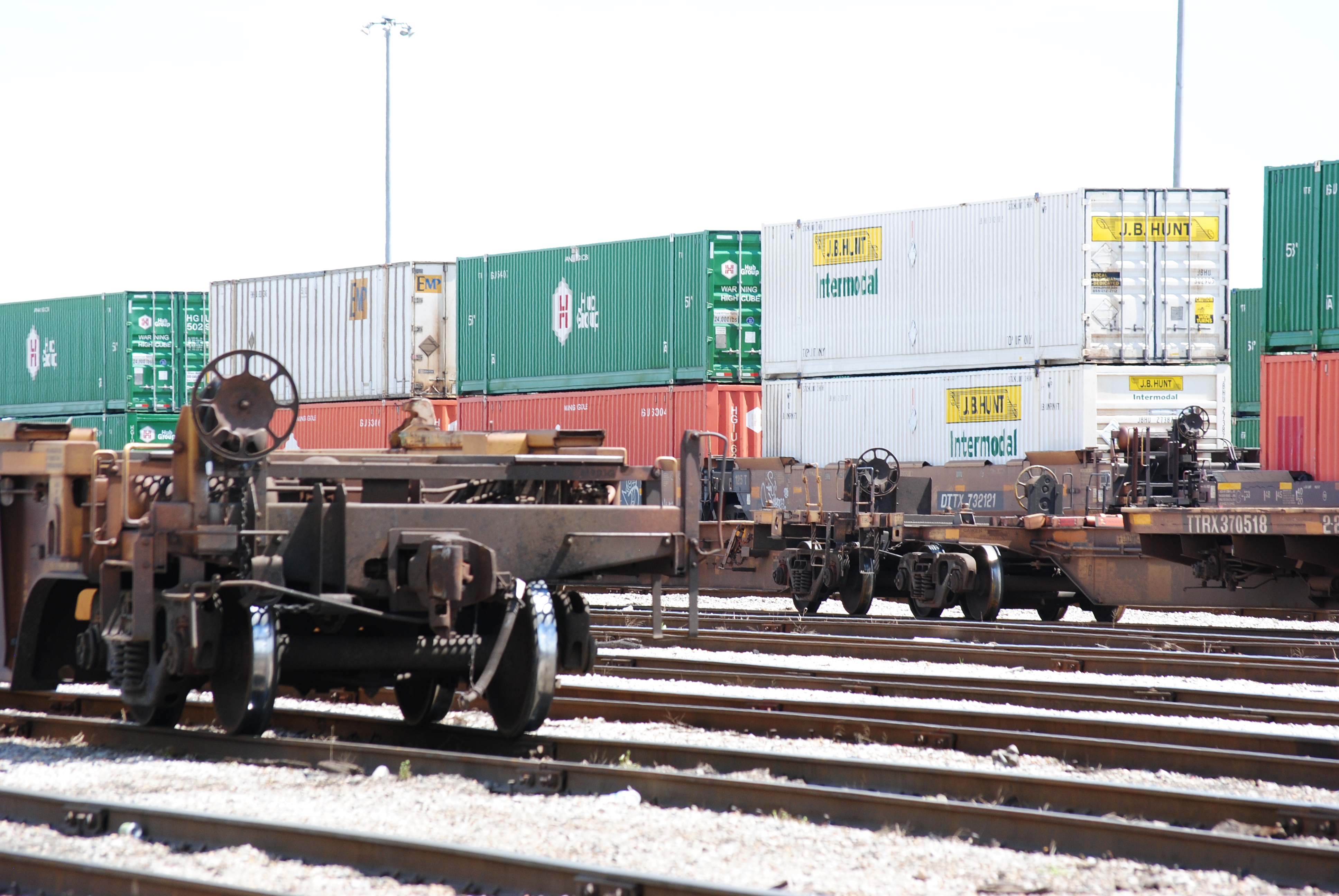
Approximately one-quarter of all freight trains and one-half of all intermodal trains in the nation pass through the Chicago region. Six of the seven Class I railroads operate in the Chicago region, along with three switching railroads, five short-line railroads, and three passenger services.
The majority of the region’s rail lines and yards are located in Cook County. The Chicago Region Environmental and Transportation Efficiency (CREATE) Program brings critical rail improvements to the region, reducing travel time and bottlenecks.
Air Infrastructure

Because air is the fastest way of transporting goods with direct connections to global markets, Cook County’s two major airport facilities, Chicago O’Hare International Airport and Chicago Midway International Airport, serve as domestic and international gateways for passengers and goods alike.
The volume of cargo serviced by airports has a direct impact on the surrounding communities and roadways.
Water Infrastructure

Cook County is located at the junction of the Mississippi River and Great Lakes systems. These waterways support economic activity and provide connections to markets via the Gulf of Mexico and Saint Lawrence Seaway. Locks, dams, and other infrastructure are not receiving timely investments, which means that shippers who use this mode of transportation face continued risks and an uncertain future.
Without the waterway system, significant bulk goods would be forced to move on the County’s roadway system.
Investing for Success: Freight Action Plan
The Action Plan provides a detailed picture of the recommendations and priority actions identified as part of the Freight Plan, including investment needs and policy opportunities that align with Cook County’s mission to support a strong and robust freight transportation network. The Freight Plan includes policy, programming, and project recommendations related to four main categories.
Leadership:
The County will take a leadership role in advocating for freight policy priorities by coordinating and leading freight issues that cross municipal and county borders. This role is especially important to support suburban municipalities that shoulder much of the burden for the freight network.
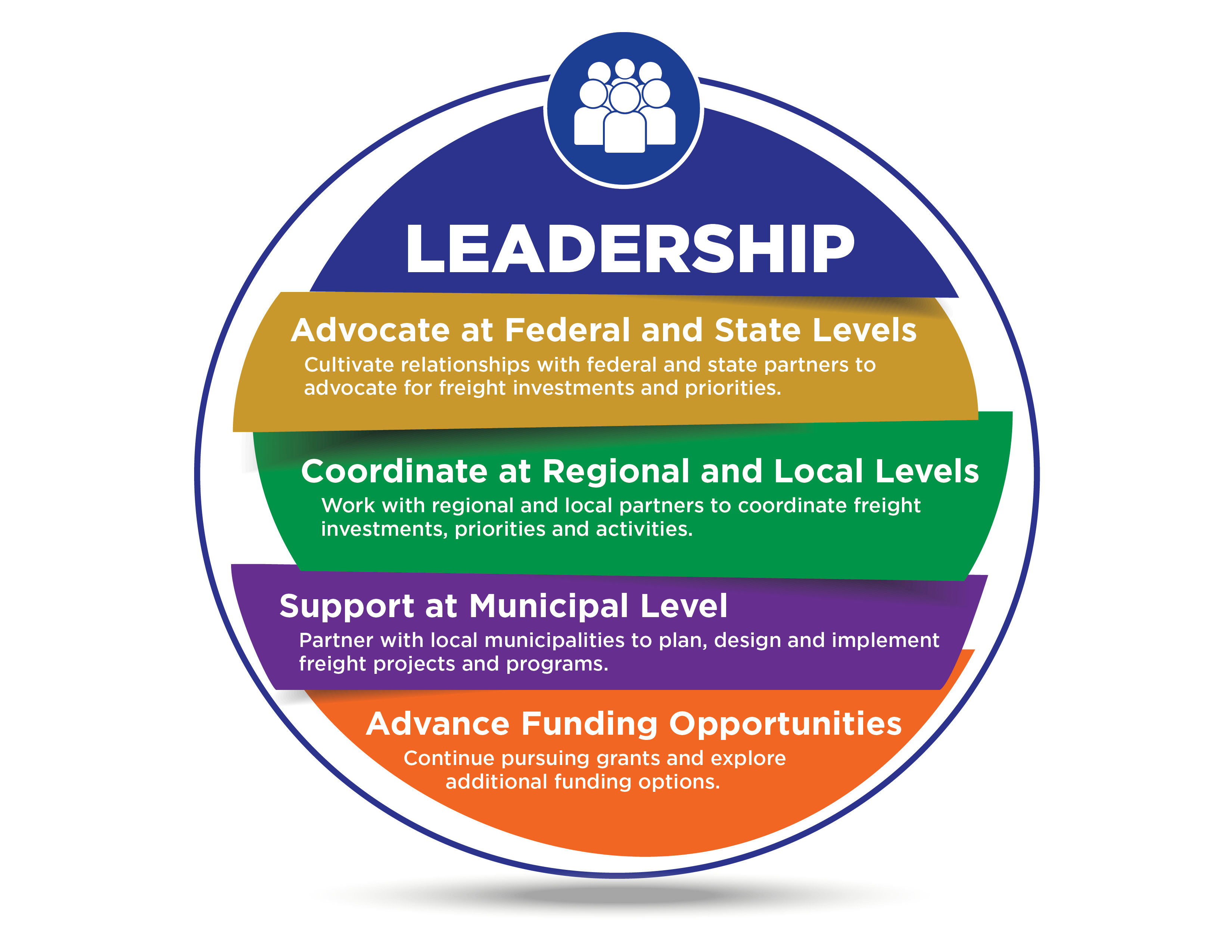
Road Improvements:
The County will advance a connected truck route network, streamlined permitting for oversize/overweight trucks, and truck parking initiatives in the county. Furthermore, the County will invest in roadway infrastructure to support efficient freight movement. Collectively, these programs are known as the Truck Routing, Infrastructure, Permitting and Parking (TRIPP) Program.
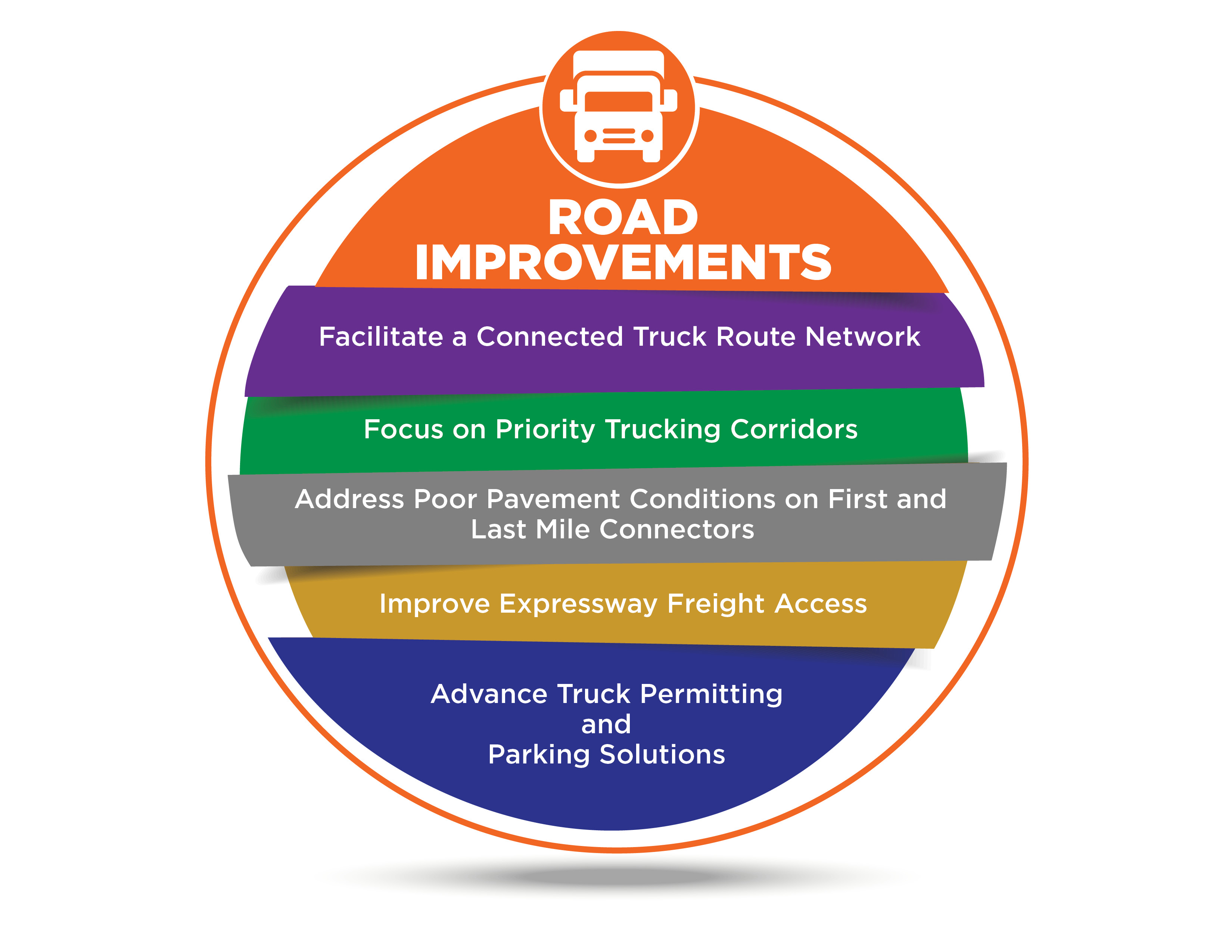
Rail Improvements:
The County will support freight rail improvements, including the CREATE Program, business access to rail, and grade crossing improvements.

Coordinated Community and Economic Development:
The Cook County Department of Transportation and Highways (DOTH) will actively coordinate with other County agencies and municipal, state, and federal governments to ensure that its investments in the freight system advance larger economic development and workforce initiatives.
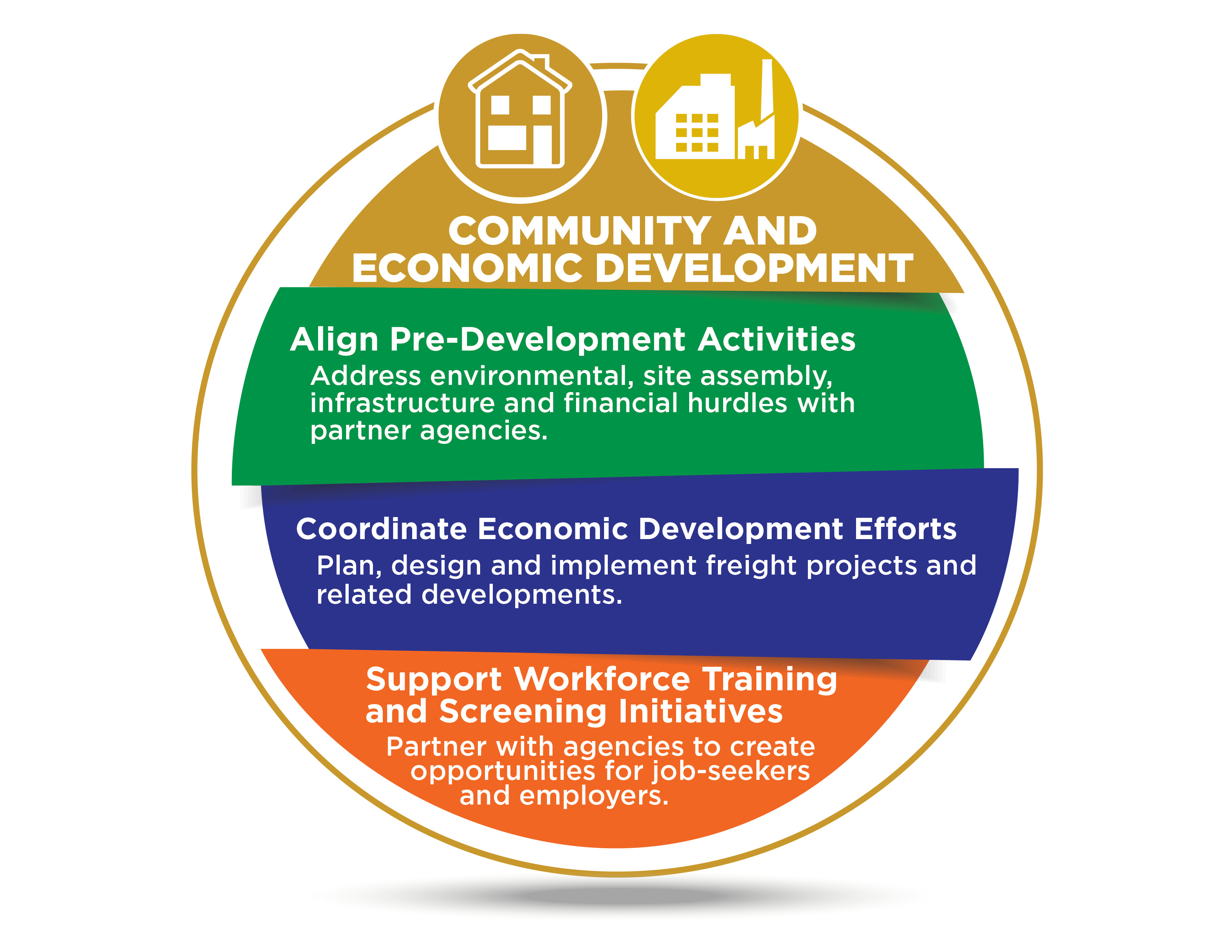
STAKEHOLDER OUTREACH
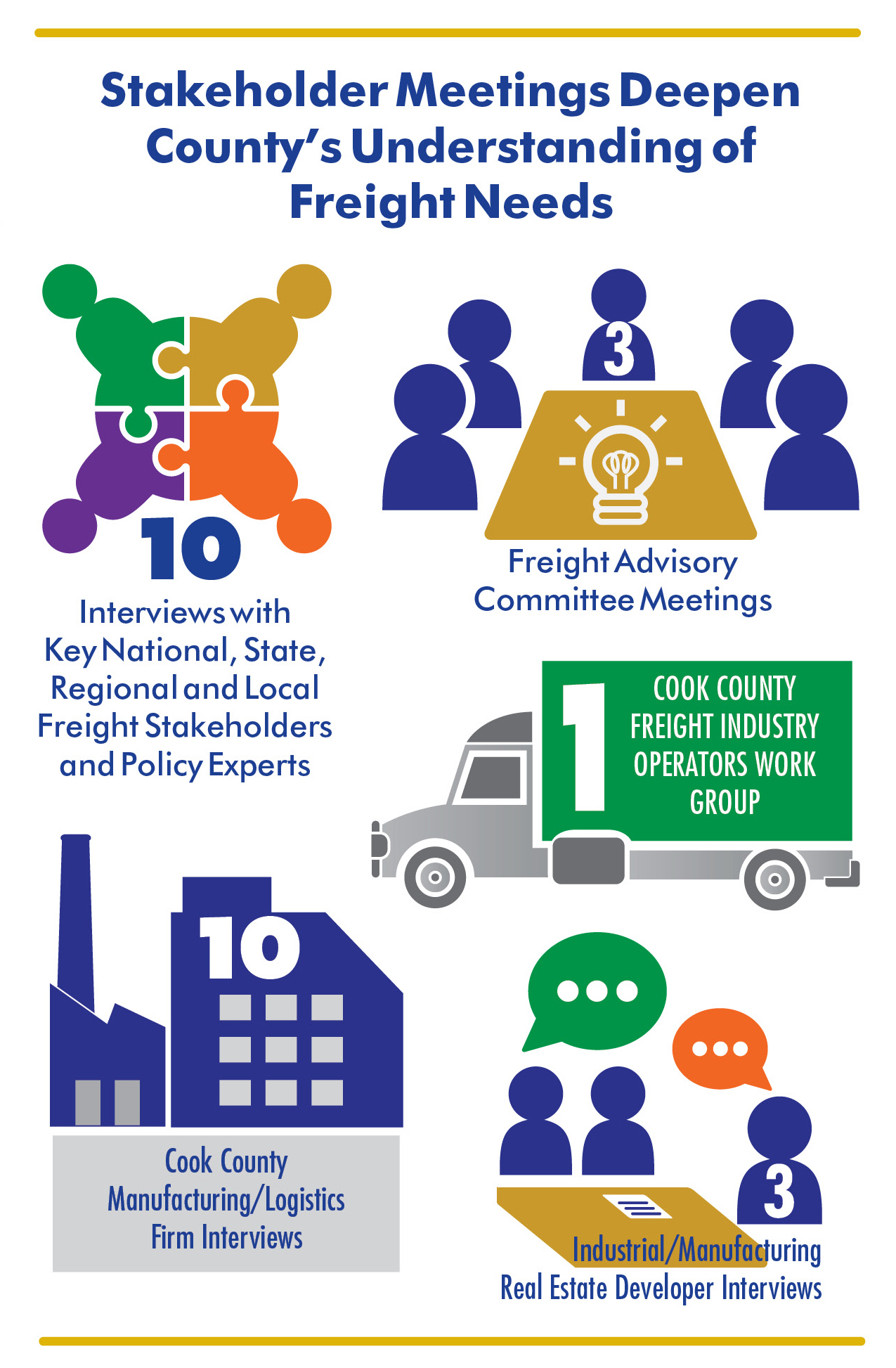
Freight affects everyone. Directly, the movement of freight is what makes the region’s economy hum. Indirectly, freight movements impact travelers and business operators. For this reason, stakeholder input was a key element in the development of Cook County’s Freight Plan.
The study included:
- Convening an Advisory Committee representing key federal, state, regional, and local agencies, along with freight industry experts.
- Conducting interviews and workgroups with representatives from key institutions, manufacturing and logistics firms, freight operators, and industrial real estate developers.
The engagement of these stakeholders resulted in a more informed plan and key policy and project recommendations that will benefit the County’s residents and businesses alike.
DOCUMENTS, NEWS & INFORMATION
News
October 17, 2018 – Cook County Presents Freight Plan for Region
The Cook County Department of Transportation and Highways presented the County’s Freight Plan at the Cook County Board Meeting on October 17, 2018. Under the leadership of Cook County Board President Toni Preckwinkle, the County is spearheading efforts to ensure the region remains North America’s freight capital, spurring the County’s economy and creating jobs. View press release here.
October 1, 2018 - Preckwinkle, Partners Mark 75th Street Rail Corridor Improvement Project
Cook County Board President Toni Preckwinkle today joined public officials and private industry partners to mark the upcoming $474 million 75th Street Corridor Improvement Project, a linchpin in the Chicago Region Environmental and Transportation Efficiency (CREATE) Program that aims to eliminate a chokepoint at a critical South Side Chicago junction for freight and passenger trains. View press release here.
June 5, 2018 – President Preckwinkle and CREATE Partners Announce $132 Million Grant to Improve Rail Congestion across the Region
On June 5, 2018, the CREATE Program partners announced a $132 million federal Infrastructure For Rebuilding America (INFRA) grant for the 75th Street Corridor Improvement Project (Project P2, P3, GS19 and EW2) in Chicago. This investment from the U.S. Department of Transportation (USDOT) will help separate several freight and passenger rail lines in the Englewood, Auburn Gresham, and West Chatham neighborhoods that currently intersect and create significant delays, train idling, and congestion. This project is an important step in updating the region’s rail infrastructure and will help increase reliability and efficiency nationally while spurring economic development.
Cook County is proud to have recently become a Chicago Region Environmental and Transportation Efficiency (CREATE) Program partner. The County joins project partners Illinois Department of Transportation (IDOT), City of Chicago Department of Transportation (CDOT), the region’s freight railroads, Metra, and Amtrak, to increase the efficiency of the region’s passenger and freight rail infrastructure and enhance the quality of life for Chicago-area residents. View press release here.
Freight Plan Documents:- Cook County Freight Plan
- Cook County Freight Plan Fact Sheet
- Stakeholder Involvement Plan
- Superintendent John Yonan’s City Club of Chicago Presentation
- APA CMS presentation on Freight Plan and Cook County freight activities
Meeting Documents:
- Internal Work Group Meeting Presentation (October 26, 2016)
- Advisory Committee Meeting 1 Presentation (February 15, 2017)
- Freight Work Group Presentation (May 1, 2017)
- Advisory Committee Meeting 2 Presentation (October 26, 2017)
- Advisory Committee Meeting 3 Presentation (May 22, 2018)
Newsletters:
Additional Freight Planning Resources:
- Chicago Metropolitan Agency for Planning (CMAP) Freight Resources
- Illinois Department of Transportation (IDOT) Freight Advisory Council and the IDOT Freight Mobility Plan (2017)
- Center for Neighborhood Technology Cargo-Oriented Development Resources
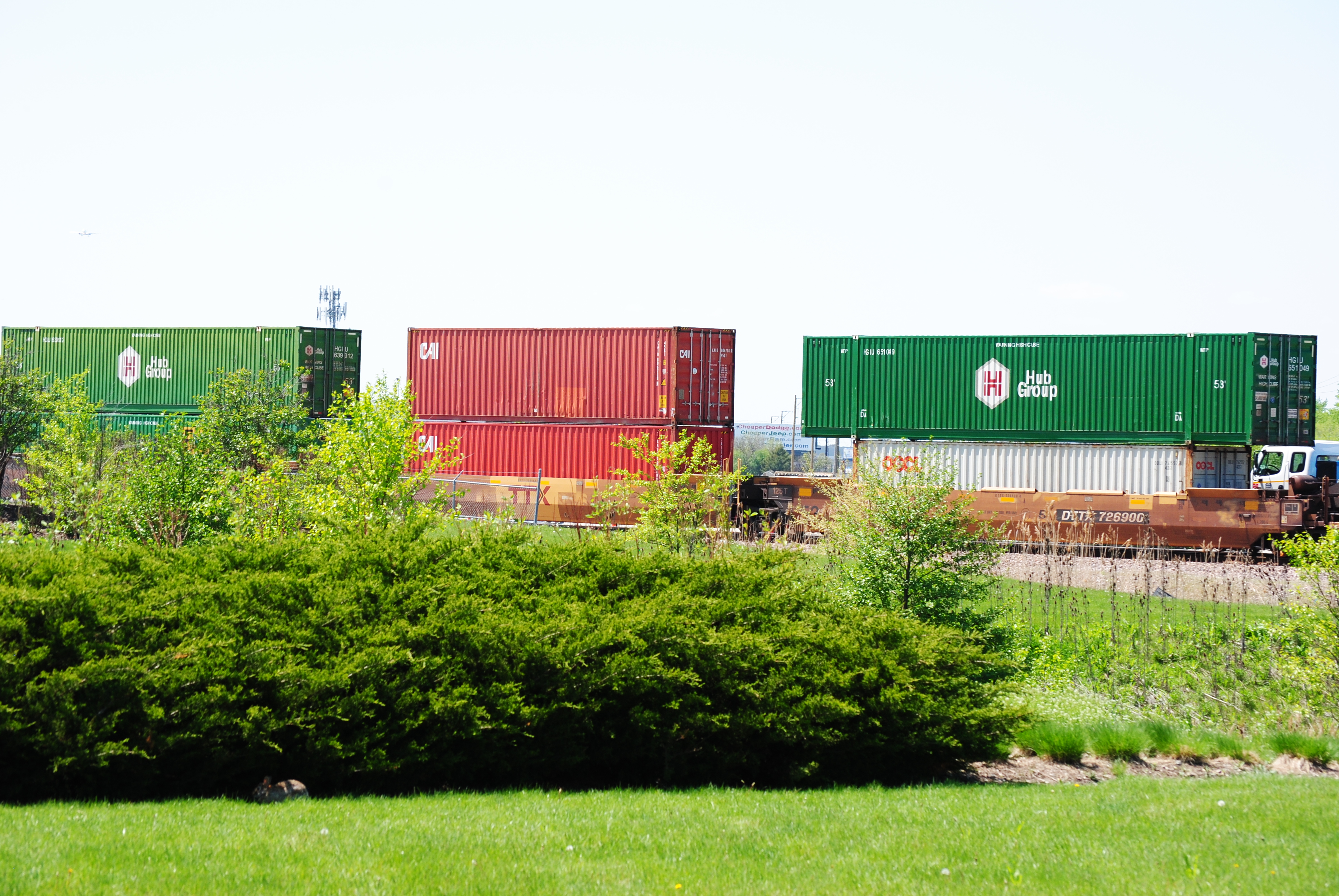
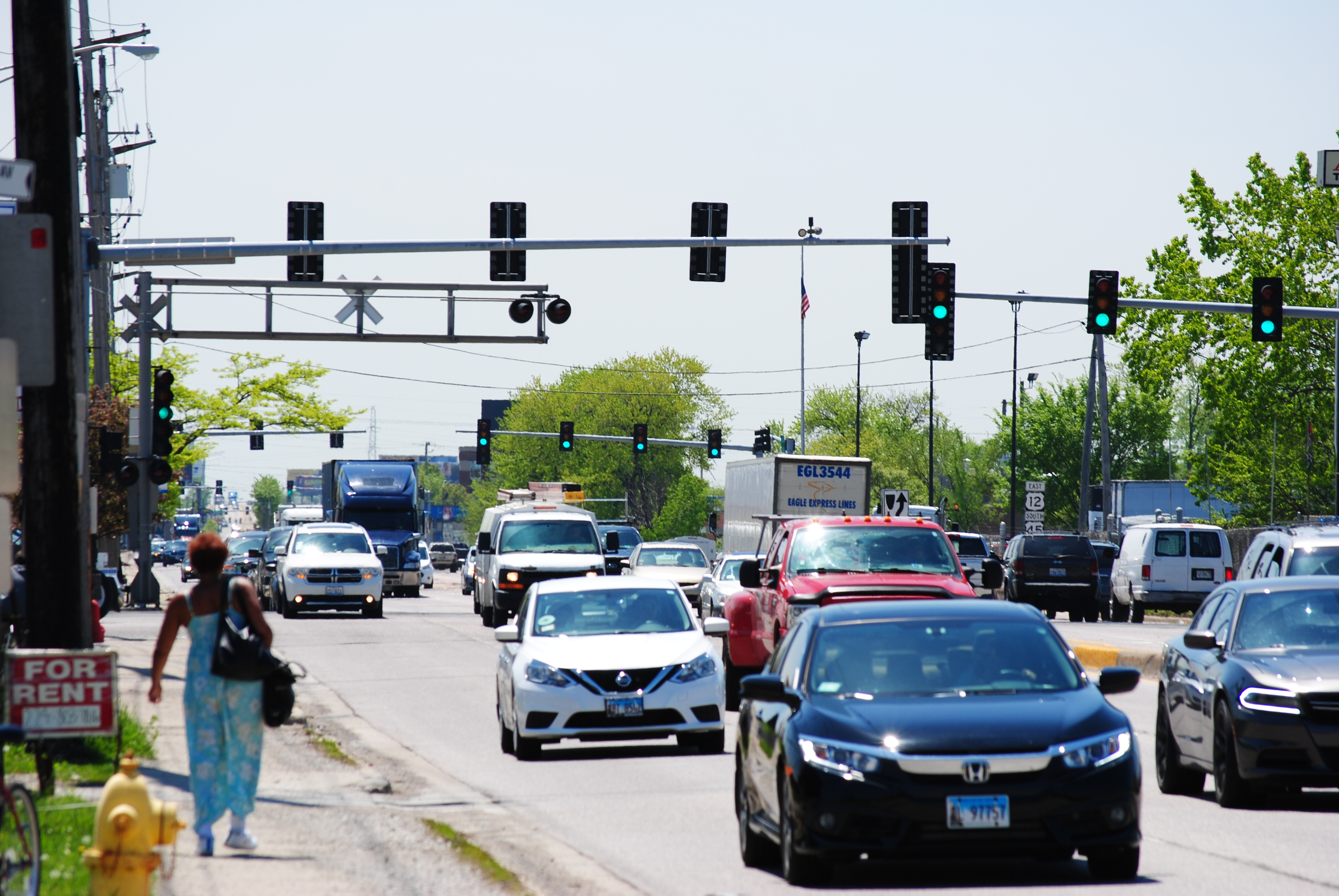
.jpg)
